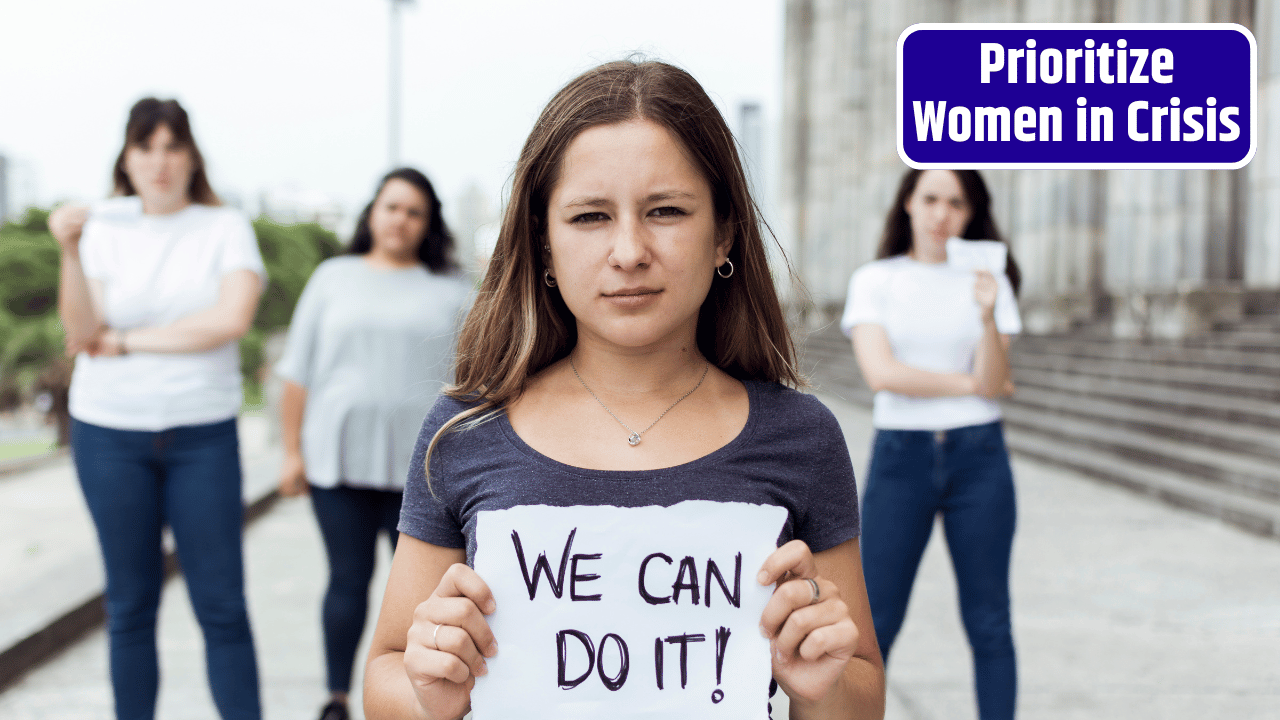“Women and children first!” Ever heard that famous phrase during emergencies? Yeah, it’s familiar, comforting, and sounds like common sense—except, ironically, it’s usually the first casualty when actual crises hit the ground.
Take Afghanistan, Sudan, Syria, or Yemen. Or think closer home—Rohingya refugee camps or flooded villages in Assam. When disaster strikes—be it war, earthquakes, or pandemics—women’s safety, health, and rights inevitably get pushed to the fringes.
I mean, think about it. In humanitarian crises, women don’t just suffer—they suffer disproportionately. Access to basic needs like sanitation, food, and healthcare is harder. Gender-based violence spikes alarmingly. Education? Forget it; it’s a distant luxury.
Yet, somehow, in crisis response conversations—be they international summits or local decision-making tables—women’s needs are usually tacked on as footnotes. Advocates globally have had enough, urging world leaders to put women at the forefront.
Table of Contents
Why Women’s Needs Are Often Ignored in Crises
Here’s a bitter pill: crisis response has historically been gender-blind. It presumes everyone’s equally impacted, which just isn’t true. In reality, social inequalities magnify women’s vulnerability. For example:
- During disasters, displaced women face heightened risks of gender-based violence.
- Pregnant women struggle severely with access to reproductive healthcare.
- Economic hardships during crises disproportionately impact women due to existing wage gaps and job insecurities.
Take the COVID-19 pandemic as an example. Globally, women bore heavier economic and caregiving burdens, faced skyrocketing domestic violence rates, and struggled significantly more to access essential health services.
Numbers Don’t Lie: The Data Speaks Volumes
A quick glance at recent statistics paints a grim picture:
| Crisis Situation | Percentage of Women/Girls Severely Impacted | Support Specifically Tailored to Women |
|---|---|---|
| Rohingya Refugee Crisis | ~70% | Limited, poorly funded |
| Ukraine Conflict | 54% displaced are women/girls | Insufficient |
| Sudan Crisis | Over 60% | Critically inadequate |
You can’t make this stuff up. The data clearly screams, “Hey, we’re missing something major here!”
Listening to Advocates: Voices From the Ground
Human rights advocates across continents—often women themselves—have been tirelessly flagging this glaring oversight. They argue that humanitarian aid must integrate gender-sensitive measures—not just in words, but through tangible, funded actions.
I recall speaking to Maya, an advocate from India working with displaced Rohingya women. Her frustration was palpable:
“We hold endless conferences discussing gender-sensitive crisis management, but then nothing much changes on the ground. We need concrete actions, not empty promises.”
She’s right, isn’t she? It’s almost as if crisis management defaults to a strange kind of selective amnesia—recognizing women’s struggles only briefly, then quickly moving on to generalized aid.
Making Women a Priority Isn’t Just Ethical—It’s Logical
Let’s break it down simply: if humanitarian aid neglects half the population, how effective can it truly be? Women aren’t passive recipients of aid—they’re active participants and critical decision-makers in families, communities, and economies. When we prioritize women in crisis response:
- Aid effectiveness improves drastically.
- Entire communities rebuild faster.
- Families become economically stable more quickly.
Organizations like the UN have repeatedly emphasized that women-led humanitarian responses are quicker, better targeted, and far more sustainable. Yet, somehow, actual implementation lags significantly behind recommendations.
Steps Global Leaders Must Take Immediately
So what can world leaders realistically do right now? Well, a few practical steps could change the game:
- Prioritize Funding: Allocate sufficient resources specifically targeting women’s healthcare, safety, and economic empowerment during crises.
- Representation Matters: Include women in disaster-response planning teams. Let those who’ve lived the reality guide the response.
- Data and Accountability: Collect gender-disaggregated data to understand impacts and ensure transparency.
- Legal Enforcement: Implement and enforce strict guidelines against gender-based violence, especially in refugee camps and disaster zones.
India’s Role: A Chance to Lead by Example?
And what about India? Well, we have a unique chance to champion this cause globally. We have the diplomatic weight, a history of humanitarian assistance, and a thriving civil society urging gender-sensitive approaches.
Yet, truthfully speaking, we’ve missed opportunities. We proudly promote women’s empowerment domestically yet often hesitate to vocally prioritize gender-sensitive humanitarian actions internationally. Isn’t it time we bridge this glaring inconsistency?
Here’s the truth: global leaders’ lofty speeches on gender equality ring hollow if they’re not matched by urgent, concrete action in crises. Human rights advocates have laid out the path. The data supports their stance, loud and clear. All that’s missing now is genuine political will.
It’s high time “women and children first” moves from a comforting cliché to actionable, accountable reality—before the next crisis inevitably strikes.
FAQs
Why are women disproportionately impacted during crises?
Existing social inequalities and vulnerabilities exacerbate women’s risks, leaving them more exposed to violence, economic instability, and health issues.
How does prioritizing women benefit overall crisis response?
It enhances aid efficiency, ensures comprehensive community recovery, and boosts economic and social resilience.
What immediate actions can leaders take to prioritize women in crises?
Leaders should allocate dedicated resources, include women in decision-making processes, collect gender-specific data, and strictly enforce protections against gender-based violence.
Are there successful examples of gender-focused humanitarian responses?
Yes, several cases show women’s inclusion improves outcomes significantly. For example, the post-Ebola response in West Africa included specific gender-sensitive programs, dramatically improving community health.














